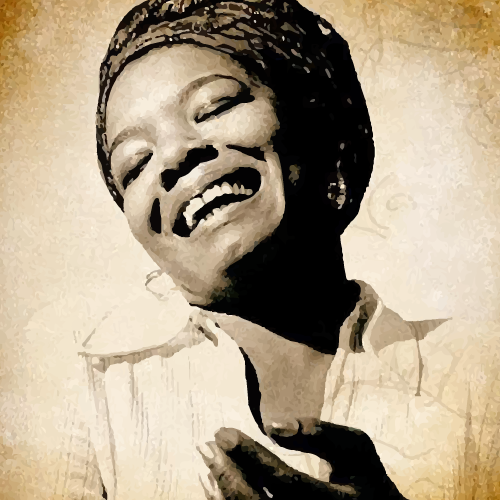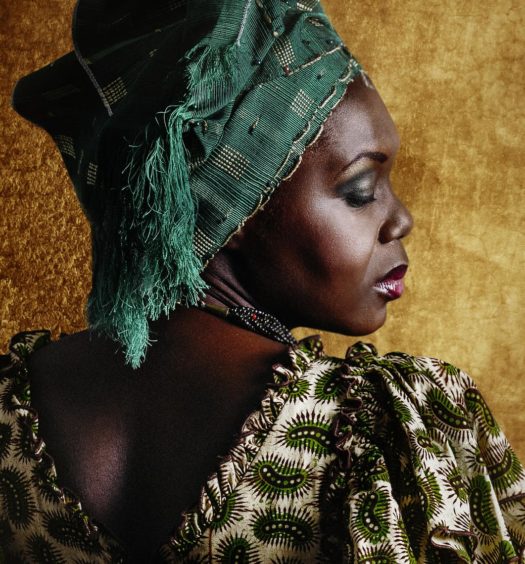“Sister, if you see something you don’t like, do everything you can do, that’s right to do, to change it,” Annie Henderson used to tell her young granddaughter as she was growing up in Stamps, Arkansas. It’s advice the little girl took to heart. Now, decades of writing, teaching, and activism later, Maya Angelou is a literature and civil rights icon.
Angelou was raised by Henderson in the rural South after her parents, “for all intents and purposes, abandoned my brother and me.” Deeply faithful and the proprietor of her town’s general store, the older woman was well respected within the black community and much loved by her grandchildren – “the greatest person I ever met,” says Angelou.
Now a great-grandmother herself, the poet still models herself after Henderson. “I try to be the same kind of grandparent I had,” she says. “My grandmother was the best. She didn’t talk much. She spoke very softly when she did, although she had truly a huge voice.”
http://www.grandparents.com/food-and-leisure/celebrity/famous-people-raised-grandparents
Image Credit- MayaAngelou.Com




